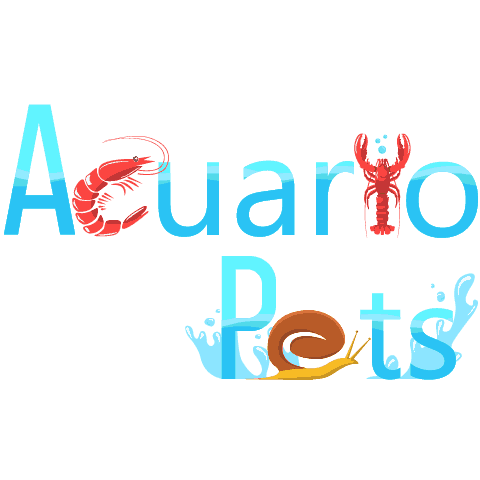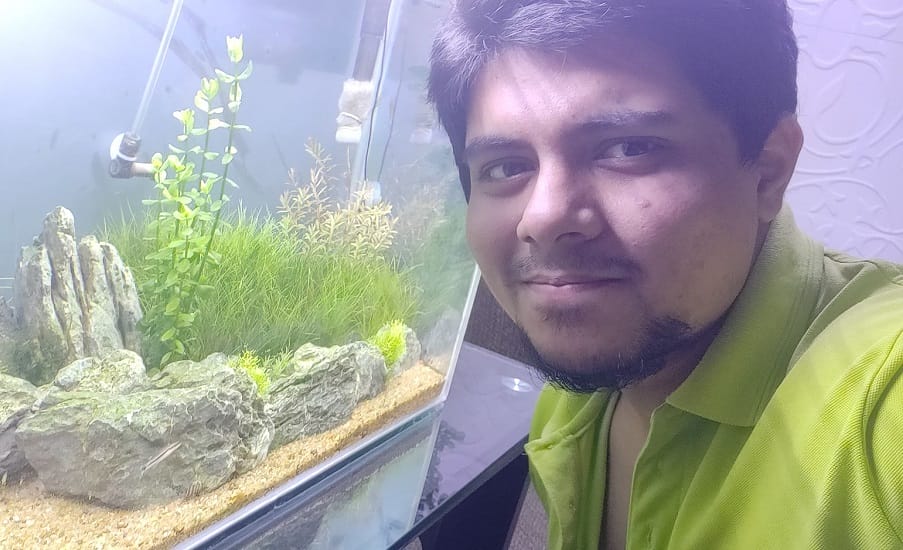This post was created with help from AI tools and carefully reviewed by a human (Muntaseer Rahman) . For more on how we use AI on this site, check out our Editorial Policy.
Check Out These FREE Tools We Made JUST For You!
Why Bowls Kill Bettas: The 5-Gallon Minimum Explained

Look, I’m not here to shame anyone who’s kept a betta in a bowl.
I did it too. We all did. Those pet store displays with the cute little bowls and the plants on top made it seem like bettas were basically aquatic houseplants that needed nothing but water and occasional feeding.
Turns out we were all accidentally torturing fish.
The Dirty Truth About What’s Actually Happening in That Bowl
Here’s what nobody tells you when you buy that “charming” betta bowl.
Your fish is swimming in its own toilet.
Every time your betta breathes, eats, or poops, it’s dumping ammonia into the water. In a proper tank with a filter, beneficial bacteria break down that ammonia into less harmful stuff through something called the nitrogen cycle.
In a bowl? That ammonia just sits there, building up like a toxic cloud.
The Science That’ll Make You Feel Bad (But Should)
A 2023 study on betta fish found something wild: The 96-hour lethal concentration for ammonia was around 1.7 g/L, but even sublethal exposure causes serious damage to gills and organs.
Translation: Your betta doesn’t have to die immediately for ammonia to wreck its body.
Ammonia poisoning symptoms include gasping for air at the surface, gills turning red or purple, inflamed eyes, and eventually blackened or bleeding gills. By the time you see these symptoms, the internal damage is already done.
And here’s the kicker: Ammonia can be fatal even weeks after it’s no longer in the water, because it causes internal injuries to gills, kidneys, and liver that don’t always heal.
Why “Just Change the Water More” Doesn’t Work
I know what you’re thinking: “I’ll just change the water every day!”
Except you won’t. Life happens.
But even if you did, in a small bowl, ammonia can build to toxic levels in just a few days under normal conditions. Miss one day and your fish is swimming in poison.
Plus, doing 100% water changes stresses fish out. They need stable water conditions, not a daily environmental apocalypse.
The Nitrogen Cycle: Why Size Actually Matters
Here’s where the 5-gallon minimum comes from.
The nitrogen cycle requires beneficial bacteria that convert ammonia to nitrite, then nitrite to nitrate (which is much less toxic). These bacteria need a filter to colonize on, and they need time to establish.
About 99.9% of beneficial bacteria lives in the filter, with negligible amounts in gravel or water.
Without a filter, you don’t have a nitrogen cycle. Without a nitrogen cycle, ammonia just keeps building up until your fish dies.
And you can’t fit a proper filter in a bowl.
What the Experts Actually Say
Veterinarians recommend bettas should ideally be in a 5-gallon glass or plastic tank or larger, not bowls, because this size allows normal activity and reduces toxin buildup.
A minimum 5-gallon tank with a filter and heater is recommended, and filters remove harmful toxins like ammonia while adding oxygen to the water.
Notice they said 5 gallons is the MINIMUM, not the ideal. If you can go bigger, go bigger.
But Bettas Live in Puddles in the Wild, Right?
This is the myth that needs to die.
Yes, bettas can SURVIVE in shallow water. They have a labyrinth organ that lets them breathe air when oxygen is low.
But in the wild, those “puddles” are temporary. Bettas actually inhabit drainage ditches, rice paddies, and small streams – not permanent puddles. And even those temporary puddles during dry season are connected to larger water systems with natural filtration.
Your bowl is not a rice paddy. It’s a sealed container of increasingly toxic water.
Temperature: The Other Silent Killer
Bettas are tropical fish that need water between 76°F to 81°F. Most homes are kept at room temperature, which is way too cold.
You know what you can’t fit in a bowl? A heater.
Cold water slows down a betta’s metabolism, suppresses their immune system, and makes them susceptible to diseases. That “lazy” betta sitting at the bottom of the bowl isn’t relaxing – it’s hypothermic.
What Actually Happens to Bettas in Bowls
Let me paint you a picture of your betta’s day in a bowl:
Wake up swimming in yesterday’s ammonia. Breathe toxic air from the surface because the gills are burning. Sit at the bottom because you’re too cold to move and there’s nowhere to swim anyway. Watch the world spin weirdly through curved glass that distorts everything. No hiding spots, no plants, nothing to do. Repeat for however many months or years until organ failure finally ends it.
A betta in a one-gallon tank typically lives just 1-2 years, while healthy bettas in proper conditions can live 3-5 years or even longer.
You’re literally shortening your fish’s life by half.
The Real Requirements for a Happy Betta
Tank Size: 5 gallons minimum, 10 gallons better
Filter: Gentle flow filter (sponge filters work great)
Heater: Adjustable heater to maintain 78-80°F
Cycle: Let the tank cycle for 2-4 weeks before adding fish, or use beneficial bacteria starter
Decorations: Silk or live plants (plastic can tear fins), hiding spots, soft substrate
Water Changes: 25-50% weekly in a cycled tank with filter
The Bottom Line
Bowls aren’t “cute” or “low maintenance” – they’re death traps disguised as home decor.
If you can’t commit to a proper 5-gallon setup with a filter and heater, you’re not ready for a betta. And that’s okay. It doesn’t make you a bad person.
But now you know better. And knowing better means doing better.
Your betta isn’t asking for much. Just clean water, comfortable temperature, and enough space to actually swim like the fish it is.
Five gallons. A $30 filter. A $15 heater.
That’s what stands between surviving and actually living.
About Author
Hello, I’m Muntaseer Rahman, the owner of AcuarioPets.com. I’m passionate about aquarium pets like shrimps, snails, crabs, and crayfish. I’ve created this website to share my expertise and help you provide better care for these amazing pets.
Disclaimer
This site is owned and operated by Muntaseer Rahman. AcuarioPets.com is a participant in the Amazon Services LLC Associates Program, an affiliate advertising program designed to provide a means for sites to earn advertising fees by advertising and linking to Amazon.com. This site also participates in other affiliate programs and is compensated for referring traffic and business to these companies.

